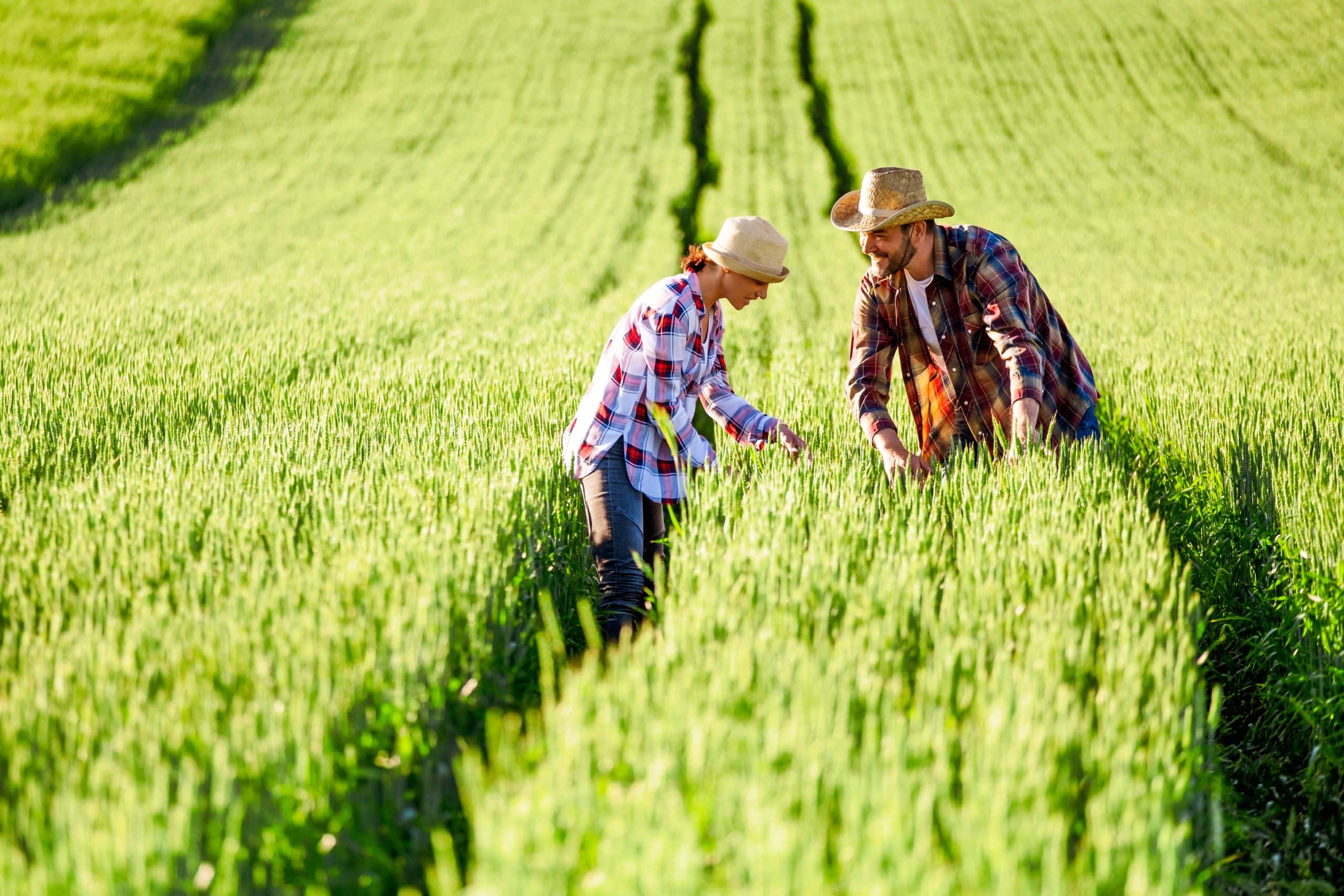How Can Precision Farming Technologies Help in Controlling Pest Infestations?

In recent years, precision farming technologies have begun to transform the face of agriculture. Farming is no longer a game of guesswork and reliance on the whims of weather. Now, farmers can leverage data-driven insights to manage their crops and soil, making educated decisions that significantly increase productivity while reducing negative environmental impacts. One area where these technologies are particularly beneficial is in pest control. Let’s take a closer look at how precision farming technologies can help farmers keep pests at bay to maintain healthy crops and robust yields.
The Role of Precision Farming in Pest Management
To understand how precision farming is revolutionizing pest management, it’s crucial to appreciate the broader role this technology plays in modern agriculture. Precision farming relies on a range of technologies, including GPS, remote sensing, and on-the-ground sensors, to collect data about various aspects of farming. These data points can then be analyzed to provide insights that guide farming practices.
A lire aussi : How Is Quantum Computing Influencing Materials Science Research?
In terms of pest control, these technologies enable farmers to monitor their fields continually, collecting data about pest populations, their distribution, and the impact they’re having on crops. This enables farmers to target their pest management efforts more effectively, applying treatments only when and where they’re needed, rather than blanketing entire fields with pesticides.
Controlling Pests with Data-Driven Farming Practices
The crux of precision farming lies in its ability to generate and leverage data. In the context of pest management, this translates into a shift from reactive to proactive measures. Thanks to precision farming technologies, you can now predict pest infestations before they take root, enabling you to implement preventive measures and control strategies efficiently.
A voir aussi : How Can AI Help Protect Endangered Wildlife Through Automated Surveillance?
For example, sensors placed around the farm can monitor the environment and detect changes that indicate a potential pest outbreak. These sensors can collect data on factors like temperature, humidity, and soil composition, all of which can influence pest populations. By analyzing these environmental data alongside historical pest data, farmers can predict when and where pests are likely to appear and take action accordingly.
Precision Water and Soil Management as Tools for Pest Control
Water and soil management are integral parts of any farming operation and play a significant role in controlling pest infestations. Precision farming technologies, such as remote sensing and soil sensors, can help optimize these aspects of farming, contributing to effective pest management.
For instance, overwatering or underwatering crops can create conditions that favor certain pests. Telemetry systems and soil moisture sensors can provide real-time data on soil water content, informing irrigation decisions and preventing conditions that would otherwise promote pest proliferation.
Similarly, precision soil management can help control pests. Soil sensors can detect nutrient deficiencies or imbalances that may weaken crops and make them more susceptible to pests. By addressing these soil issues proactively, farmers can promote more robust crops that are better able to resist pests.
The Future of Pest Control in Precision Farming
As precision farming technologies continue to evolve and become more sophisticated, their potential for pest management is set to increase. Already, we’re seeing the emergence of drone technology that can survey large swathes of land quickly, capturing high-resolution images that allow for the early detection of pests. Such advancements are providing farmers with new weapons in their battle against crop-damaging pests.
Furthermore, advances in data analytics and artificial intelligence are promising to take precision pest management to the next level. Machine learning algorithms can analyze vast amounts of data, learning from patterns and making increasingly accurate predictions. These systems can inform farmers about the best times to apply pest control measures, or even suggest alternative farming practices that could help deter pests.
While the journey towards fully-automated, data-driven pest control is still underway, the progress made so far by precision farming technologies is undeniable. By giving farmers the tools to monitor, predict, and manage pests effectively, these technologies are contributing to more sustainable, productive, and resilient agricultural systems.
Variable Rate Technology for Optimized Pesticide Application
Variable rate technology is another significant aspect of precision farming that significantly contributes to effective pest control. The foundation of this technology lies in the ability to apply varying rates of inputs like fertilizers, seeds, and pesticides across different locations in a field. This is based on the specific needs and conditions of each location, determined by analyzing real-time data collected through GPS, remote sensing, and on-the-ground sensors.
In the context of pest management, variable rate technology can optimize the application of pesticides. Conventionally, farmers distribute pesticides uniformly across the entire field, regardless of the pest population’s distribution. This not only leads to wastage of resources but may also increase environmental impact and the risk of pests developing resistance to these substances.
With variable rate technology, farmers can apply pesticides more judiciously, targeting only those areas with significant pest populations. This not only reduces pesticide use but also minimizes unnecessary exposure of non-target areas and organisms, thereby reducing the environmental impact.
Satellite imagery and drone footage can provide high-resolution images of fields, enabling the detection of pest hotspots. Coupled with AI algorithms capable of analyzing these images, farmers can identify the precise locations requiring pesticide application. The result is a more efficient and environmentally friendly approach to pest control that also helps maintain crop health and maximise crop yields.
The Role of Precision Agriculture in Mitigating the Effects of Climate Change on Pest Infestations
The benefits of precision agriculture extend beyond improving crop health and productivity; it also plays a significant role in mitigating the effects of climate change on pest infestations. Climate change is causing shifts in pest distribution and behavior, with some pests becoming more prevalent and damaging due to warmer and more humid conditions.
Precision farming technologies can help farmers adapt to these changes. By continuously monitoring weather conditions and pest activity, these technologies can provide real-time insights into how climate change is affecting pest populations. This allows farmers to adjust their pest management strategies accordingly, preparing for potential infestations and mitigating their impact.
For example, data-driven models can predict how changes in temperature and humidity could affect the lifecycle and reproduction rates of pests. This information can help farmers anticipate pest outbreaks and apply preventive measures in time, thus protecting their crops.
Moreover, precision agriculture can also contribute to combating climate change itself. By optimizing the use of resources, including water and pesticides, precision farming can reduce the carbon footprint of agricultural operations. This is another way in which precision farming is contributing to sustainable and resilient agricultural systems.
Conclusion
The advent of precision farming technologies has revolutionized the way pest management is approached in agriculture. By providing detailed, real-time data about various aspects of farming, these technologies empower farmers to make informed decisions that improve crop health, boost yields, and minimize environmental impact.
Specifically in pest control, precision farming is shifting the paradigm from reactive to proactive measures. Techniques like variable rate technology, remote sensing, and AI-powered pest detection enable farmers to manage pests more efficiently and sustainably.
As climate change continues to pose new challenges for pest management, precision agriculture will be a vital tool for farmers. Not only does it provide ways to adapt to changing pest dynamics, but it also contributes to mitigating the effects of climate change itself.
The future of pest management lies in harnessing the power of precision farming technologies. The journey toward fully-automated, data-driven pest control is still in progress. However, the significant strides already made by precision farming in pest management are promising a future of more sustainable and resilient agriculture.
